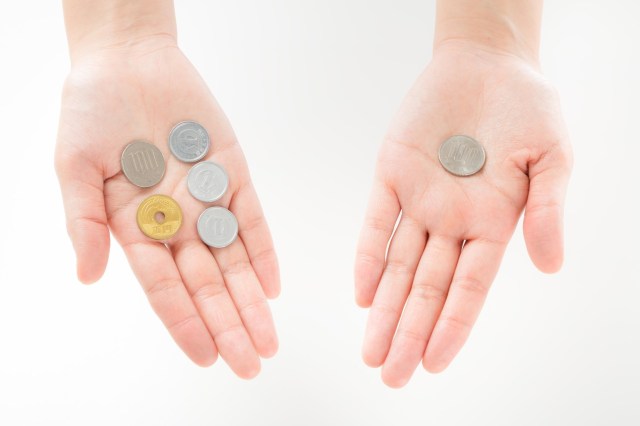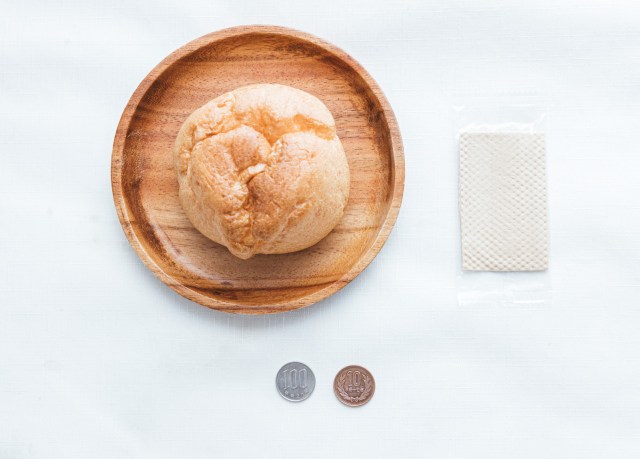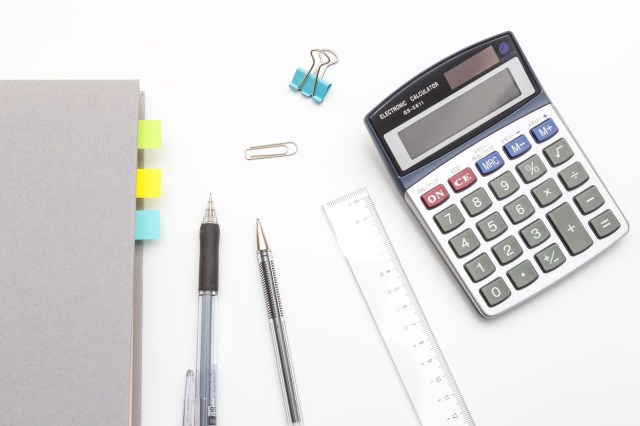From April onward all price tags and ads in Japan must reflect final cost with sales tax included

Retailers and stores rush to implement new rule.
If there’s one thing about living in Japan permanent residents, long-haulers, and short-term residents are familiar with, it’s the unique way some price tags are labeled in the country. Often phrased as 税込 (zeikomi), or “tax included,” many times the prices you see on shelves and tags are actually what you pay for at the cashier. Some retailers and stores, however, have opted out from displaying their prices in this fashion, except from April onward, they’ll be required to reflect sales tax within the displayed cost of a product or service.
▼ No, that 100 yen cream bun hasn’t become 110 yen overnight.

Previously, retailers could get away with not listing the total cost of a product and simply adding one of the following three phrases to prices: “+ 税,” “税抜き,” and “本体価格,” which respectively translated to “plus tax,” “not including tax,” and “base price.” Under the new rule, such phrases which leave the final price vague, or essentially make the consumer pre-calculate the total cost before purchase, will be banned.
▼ A world where mental math slowly becomes obsolete…

Restaurants will also be expected to reflect taxes in their listed prices. Furthermore, any establishment serving food must include a reminder on their menu of the different tax rates applied depending on whether a customer chooses to buy takeout or eat in-store. Respectively, a tax rate of 8 percent is applied for takeout whereas the tax rate is slightly higher for dine-in at 10 percent.
Another important aspect of this new rule is it bans retailers from also listing a product’s final prices in a way which is difficult for the customer to read. We made a visual example below for three different ways retailers have been reported to do so, whether it’s making the text obscenely small, scrunching up the font width of the final price, or even graying out the price to near-illegibility:

Interestingly enough, store names are an expectation for this new rule. For example, stores titled as “100 yen stores” or events marketing themselves as “1,000 Yen Across the Board Sale” can remain as is. They don’t have to add a formal tagline about tax inclusion in the cost or adjust their names to be something like “110 yen stores” instead. As long as the products being sold have their final prices including sales tax, whether on the shelf placards or printed on the tags, then all is well.
▼ Taxes suck but are they a good enough deterrent for one of the biggest wallet thinners: impulse purchases.

While some retailers have pushed back against the new rule by insisting consumers will buy less upon seeing seemingly higher prices, it’s still a little difficult to predict how this novel regulation will affect consumer trends in the near future. And if there’s one silver lining to pull, at least folks won’t be put in the embarrassing spot of not having enough cash at the register because they forgot to include sales tax when crunching the numbers in their head.
Source: Jiji Press, Impress Watch
Top image: Pakutaso
Insert images: Pakutaso (1, 2, 3)
● Want to hear about SoraNews24’s latest articles as soon as they’re published? Follow us on Facebook and Twitter!
Credit:

0 comments:
Post a Comment